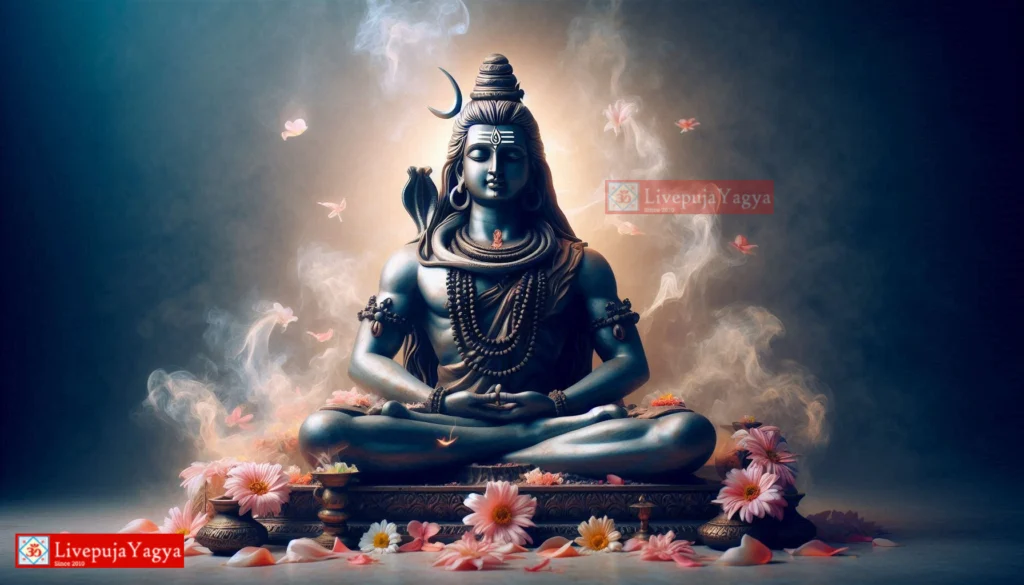In the rich tapestry of Hindu astrology, the Nakshatras hold a unique and revered place. These celestial bodies, often referred to as lunar mansions, play a vital role in understanding an individual\’s character, destiny, and the timing of events. In this blog, we will explore the profound significance of Nakshatras in Hindu astrology, their origins, and how they shape our lives.
What Are Nakshatras?
Nakshatras are essentially star clusters or constellations visible in the night sky. In Hindu astrology, there are 27 Nakshatras that the Moon passes through during its monthly journey across the sky. These Nakshatras provide a precise and detailed way of measuring time, akin to the Western concept of days and months.
Each Nakshatra is associated with a specific fixed star or group of stars, and they are divided into 13.20-degree segments along the ecliptic, forming a lunar calendar. The Moon is said to govern the mind, emotions, and instincts, making the Nakshatras an essential component of astrology for understanding an individual\’s innermost tendencies and the timing of various life events.
The Origins of Nakshatras
The concept of Nakshatras is ancient and deeply rooted in Indian culture. Their origins can be traced back to Vedic times, with mentions in the Vedas, one of the oldest sacred texts of Hinduism. These celestial markers have played a significant role not only in astrology but also in various aspects of daily life in India, including agriculture, rituals, and calendar systems.
The 27 Nakshatras are divided into three groups of nine, known as \”Nakshatra Trines,\” with each group representing a particular element: fire, earth, and air. Each Nakshatra is further associated with a ruling deity, a ruling planet, and specific qualities and attributes.
The Role of Nakshatras in Astrology
Nakshatras are used in conjunction with other astrological elements, such as Rashi (zodiac signs), to provide a comprehensive analysis of an individual\’s birth chart. Here\’s how Nakshatras influence various aspects of Hindu astrology:
1. Personal Characteristics:
- Each Nakshatra is associated with unique qualities, traits, and tendencies. These traits can significantly impact an individual\’s personality and behavior. For example, the Rohini Nakshatra is known for its beauty and artistic nature, while the Ashwini Nakshatra is associated with speed and healing abilities.
2. Predictive Astrology:
- Nakshatras play a crucial role in predictive astrology. They are used to determine the most auspicious times for various life events, such as marriage, childbirth, and career changes. Astrologers analyze the position of the Moon in a specific Nakshatra at the time of an event to make predictions.
3. Compatibility Analysis:
- In Vedic astrology, Nakshatras are also used to assess the compatibility between individuals for marriage or other relationships. The Moon\’s Nakshatra in the birth chart is compared with that of a potential partner to determine their compatibility.
4. Nakshatra Remedies:
- If an individual is experiencing challenges or obstacles in life, astrologers may recommend specific remedies associated with the Nakshatras. These remedies can include rituals, gemstone recommendations, or other prescribed actions to help mitigate difficulties.
5. Nakshatra-Based Naming:
- Naming a child based on the Nakshatra at the time of birth is a common practice in Hindu culture. It is believed that a name aligned with the Nakshatra can bring positive energy and blessings to the child.
Key Nakshatras and Their Characteristics:
- Ashwini Nakshatra: Symbolizing the horse\’s head, it is associated with speed, healing abilities, and a strong sense of independence.
- Rohini Nakshatra: Known for its beauty and artistic qualities, this Nakshatra is associated with fertility and creativity.
- Mrigashira Nakshatra: Symbolized by a deer\’s head, it is linked to curiosity, exploration, and a gentle, compassionate nature.
- Chitra Nakshatra: Known for its artistic and aesthetic qualities, this Nakshatra is associated with creativity and the ability to bring dreams into reality.
- Swati Nakshatra: Symbolizing independence and change, it represents the desire for freedom and balance.
- Jyeshtha Nakshatra: Associated with power and authority, it signifies the ability to rise above challenges and achieve success.
- Mula Nakshatra: Symbolized by a bunch of roots, it represents the need to unearth and understand the root causes of life\’s challenges.
- Uttarabhadrapada Nakshatra: Known for its spiritual and philosophical nature, it is associated with seeking higher knowledge and enlightenment.
- Revati Nakshatra: Symbolized by a fish, it is linked to compassion, spirituality, and the ability to navigate emotional waters.
Conclusion: The Guiding Light of Nakshatras
In Hindu astrology, Nakshatras serve as the guiding stars that help individuals navigate the intricate web of life. These lunar mansions not only provide insights into personality traits and life events but also offer a profound connection to the celestial rhythms of the universe. Whether seeking to understand one\’s own nature, predicting life\’s twists and turns, or seeking remedies for life\’s challenges, the Nakshatras continue to play a vital role in shaping the lives of those who turn to the wisdom of Hindu astrology.








